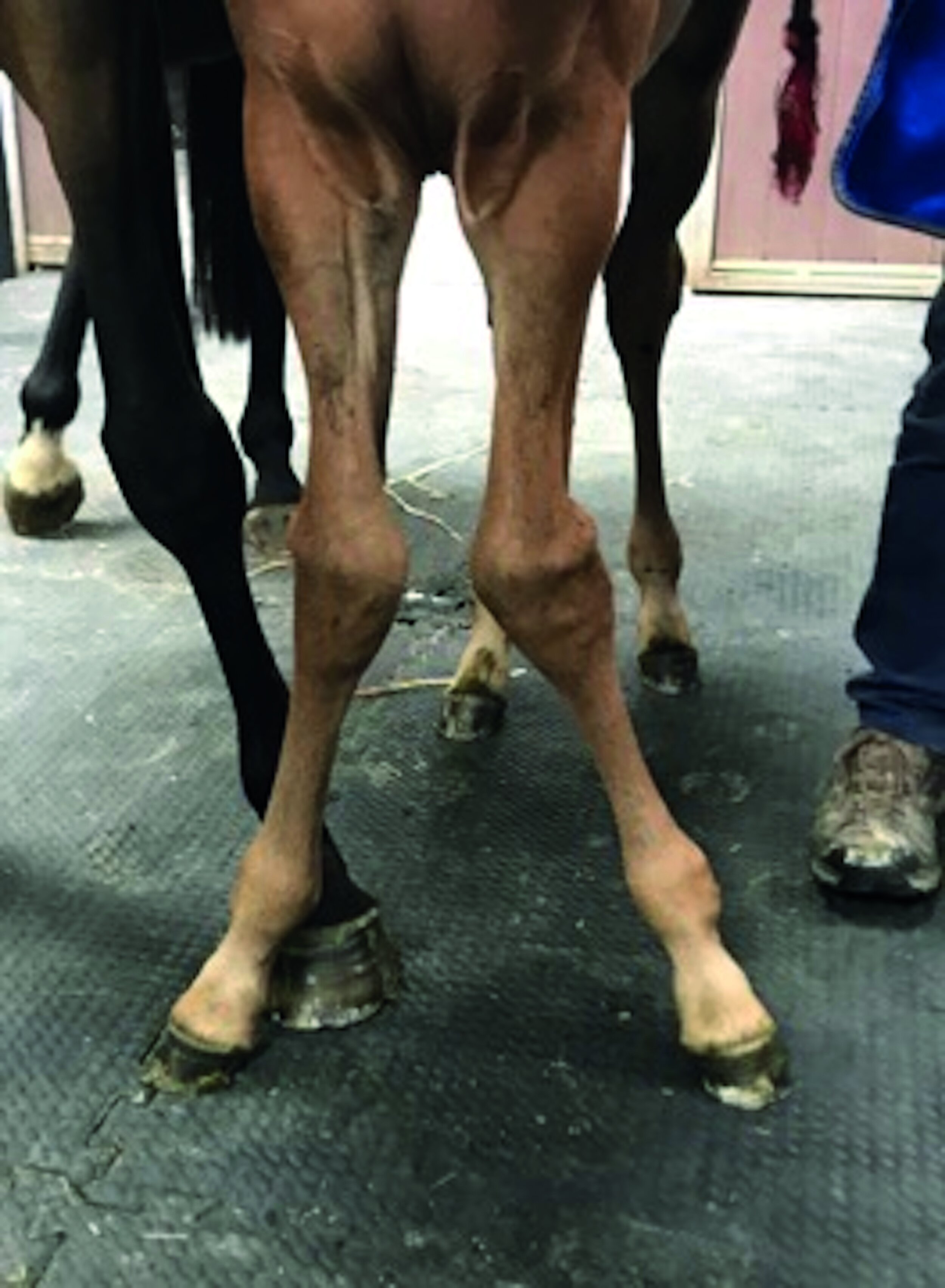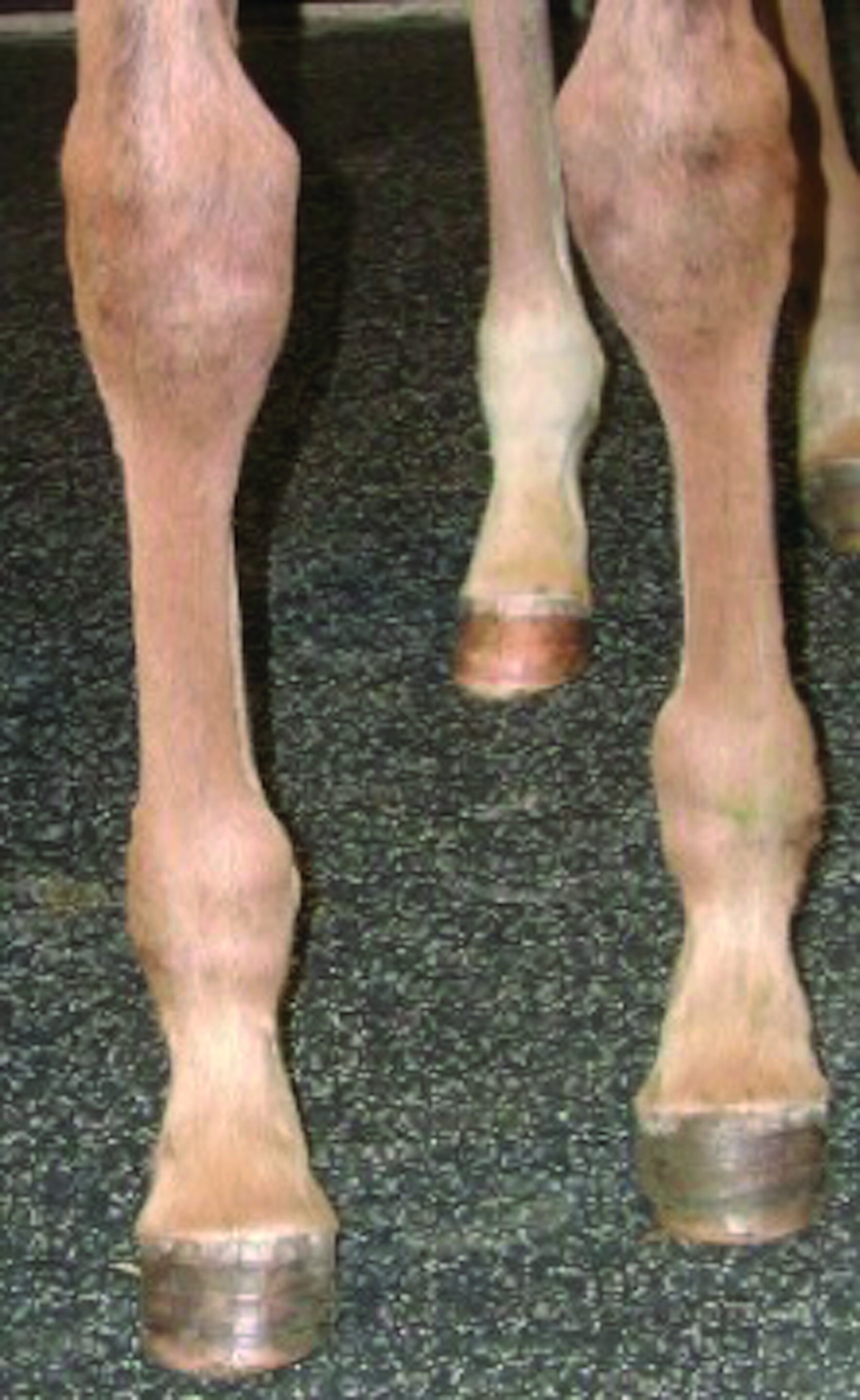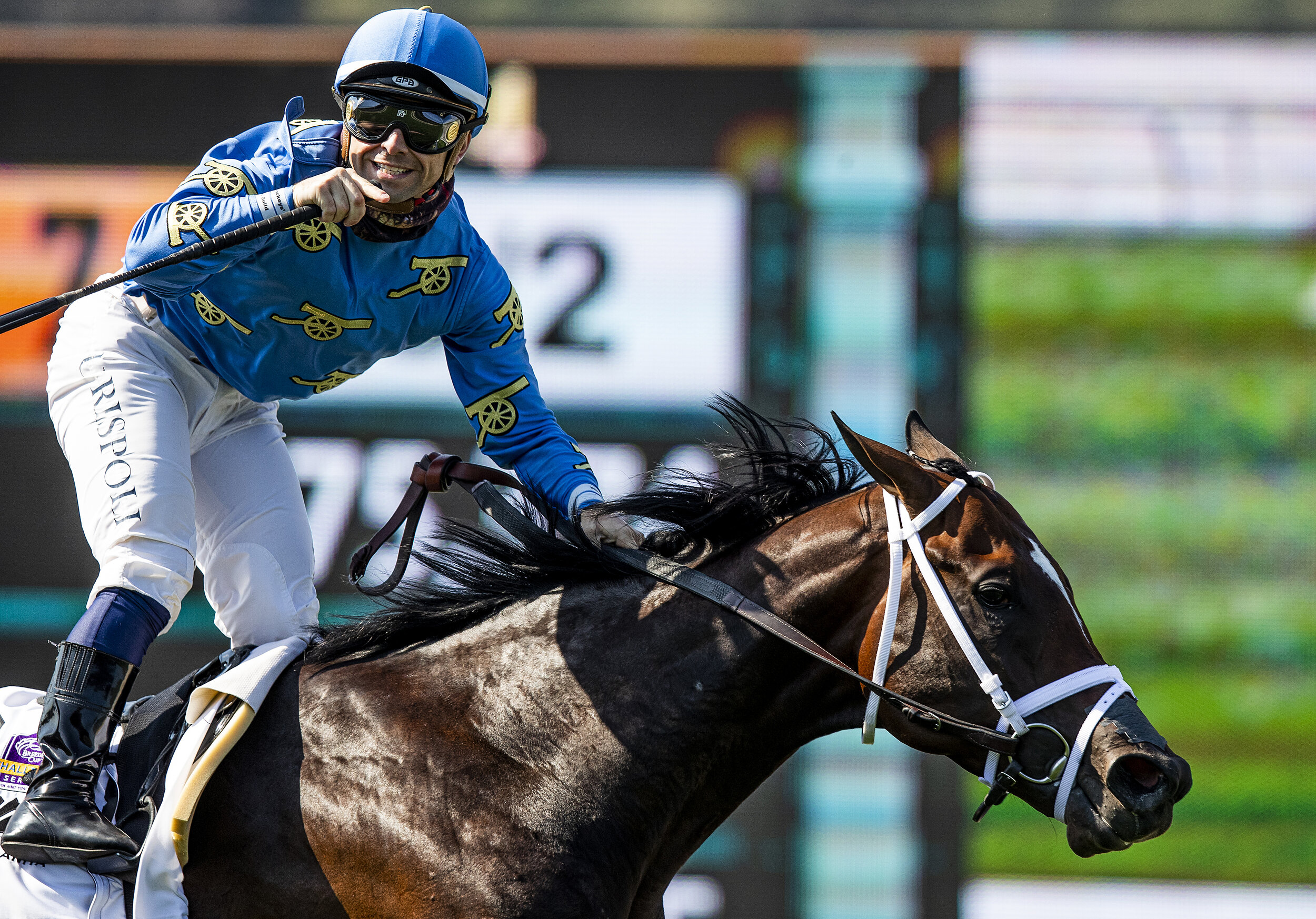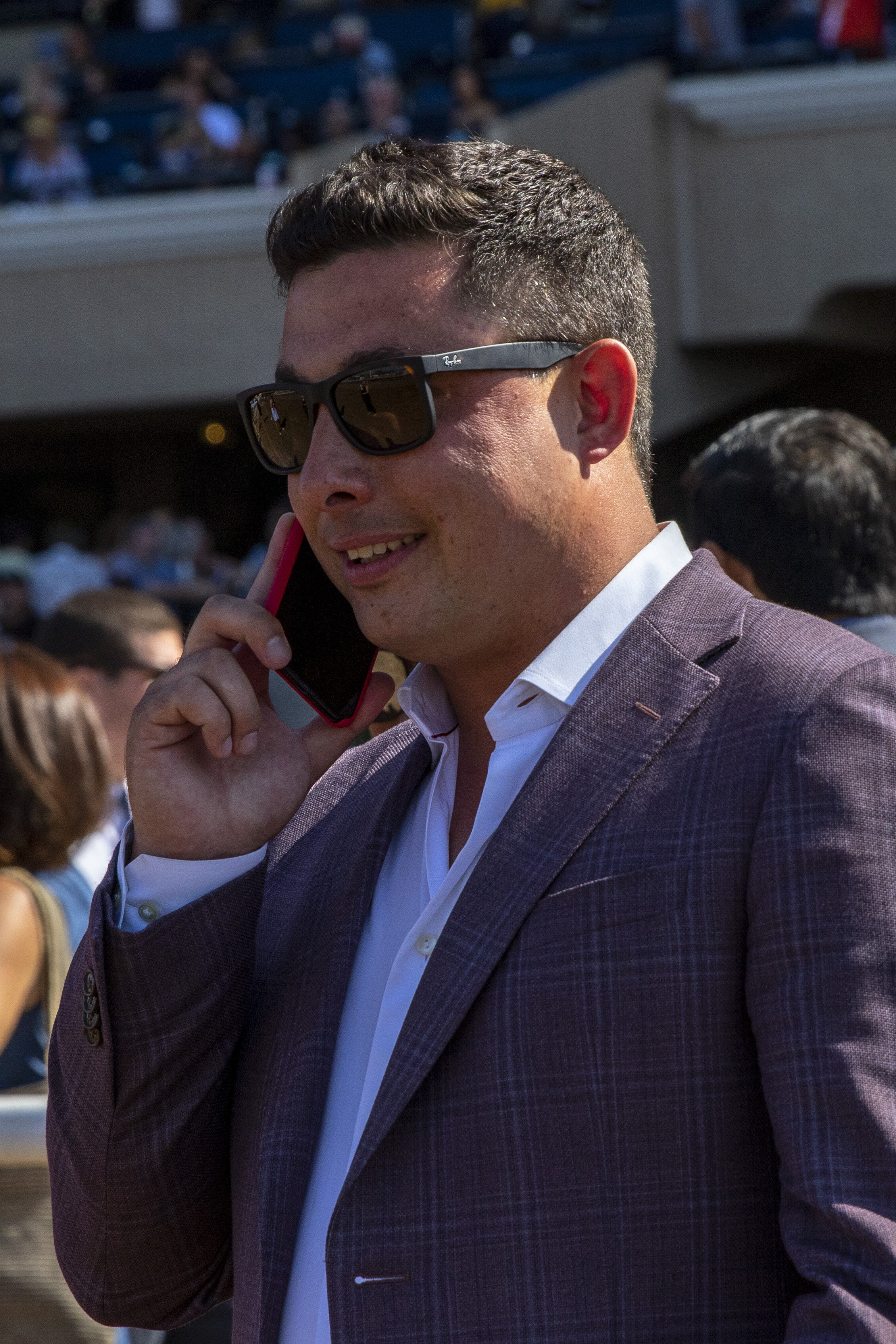The next generation of dirt surfaces
/By Ken Snyder
Ask any Thoroughbred horseman or horsewoman what the safest racetrack surface in North America is, and the response will probably be immediate: synthetic. And they would be correct. Ask California horsemen or horsewomen the same question, and there’s a good chance the majority will have a different opinion. It’s “good old-fashioned dirt” as Dennis Moore (the noted racetrack surface consultant) calls it with understandable pride—specifically the dirt at Del Mar Racetrack where he is also track superintendent.
Overall, Jockey Club statistics show synthetics are safer than dirt with a 1.02 fatality rate per 1,000 starts and 1.49 for dirt in 2020. Del Mar’s rate of fatalities on dirt was 0.29 in 2020 with only one fatality. What’s more, the Del Mar fatality rate has been lower than those recorded for both the synthetic surfaces at Golden Gate Fields and Woodbine over the last four years.
Across North America, Del Mar was the lowest in fatalities among the major racetracks reporting statistics to The Jockey’s Club’s Equine Injury Database (EID) for last year. (Pleasanton achieved zero fatalities in 874 starts.)
Del Mar, certainly, is the “star” among U.S. dirt tracks, but it is also leading a trend for racing on “next-generation” dirt surfaces. While synthetic and turf fatality rates have moved higher and lower over the last five years, dirt tracks have experienced a steady decline in fatality rates to 2020’s all-time low.
Gone is the hue and cry for synthetics that once blanketed Del Mar, Santa Anita and the dearly departed Hollywood Park, particularly in the wake of the disastrous 2019 at Santa Anita when 19 horses died on the dirt surface. It’s not just that dirt is “back,” as evidenced by the Southern California tracks and Keeneland returning to it after synthetic surfaces, but it is evidently better than ever.
Mick Peterson
Can improved safety stats on dirt continue? The answer is a promising one for not only California but all of Thoroughbred racing in America. The 1.41 equine fatality rate in 2020 on all surfaces—dirt, turf and synthetic—was the lowest since the creation of the EID in 2009. Mick Peterson, another noted racetrack consultant and executive director of the Racing Surfaces Testing Laboratory, has been at the forefront of research and improvements in surfaces since 2006 along with Moore. He likes to use the word “multi-factorial” when looking at improving safety stats over the past decades. In other words, it is not quantifiable but undeniable.
Why are dirt tracks improved and safer? The answer is in a key ingredient most in the horse industry would agree has been missing from a sport not governed by a central authority: common sense. At least regarding track surfaces, it may have had its first application, not surprisingly, at Del Mar.
Historically a lot of injuries occurred in the first week or two of race meets “where the surf meets the turf” with horses coming down from Santa Anita. When Moore took over as track superintendent at Del Mar, he immediately observed something: “This doesn’t make any sense. It’s the same horses. Why would you have a different surface [from Santa Anita]?” With a subsequent rebuild, he created consistency between the two racetracks. The base at Del Mar was overhauled to match Santa Anita’s, and banking in the turns was changed to exactly match the geometry at the Arcadia, Calif. track—roughly two hours north from Del Mar.
“When you have several tracks in the same jurisdiction—if you can keep the tracks, the maintenance program and the material and structure of the material as close as you can to one another—it’s going to benefit everybody,” said Moore.
Today that kind of collaboration continues with the ongoing rebuild at Laurel Park in Maryland, which has involved both Moore and Peterson. Laurel Track Superintendent Chris Bosley has also turned to Glen Kozak, who oversees the New York Racing Association’s (NYRA) facility and track operations, for input into the Laurel project. NYRA and Maryland tracks experience similar weather and more importantly, perhaps, Kozak oversaw track surfaces in Maryland before moving to New York.
California and Maryland are not the only states where racing is benefitting from collaboration. Peterson recalled a recent Kentucky Derby where an equine vet, looking at the track surface, casually remarked, “You know it seems to me like every time I come to Churchill, it looks a little bit more like Keeneland; and every time I go to Keeneland, it looks a little bit more like Churchill.” It is no accident, according to Peterson, but the product of much hard work.
California efforts at uniform consistency with racetrack surfaces preceded a Safety-from-Start-to-Finish Initiative launched by Churchill Downs Inc. in 2008 to replicate on their racetracks what had been done on the West Coast.
“The Start-to-Finish Initiative provided the funding for me to go from Calder to Arlington to Churchill Downs to the Fair Grounds to make them match,” said Peterson.
Pedro Zavala
Fair Grounds Track Superintendent Pedro Zavala talks regularly with his Churchill Downs counterpart, Jamie Richardson, as horses head north from the Fair Grounds winter meet to Churchill Downs in the spring. “Now those are very different climates that aren’t like NYRA or like Del Mar and Santa Anita, but to the extent that they can make things match, Jamie and Pedro will,” Peterson said
CLICK HERE to return to issue contents or sign up below to read this article in full

















![Recent scientific studies reveal how using new designs of saddle, pad, girth and bridle can significantly benefit the locomotion of the galloping racehorse [INTRO] Researchers detected peak pressures under commonly used tack that were of a magn…](https://images.squarespace-cdn.com/content/v1/517636f8e4b0cb4f8c8697ba/1626372823028-R2X50E55FT7TFIG5TUKM/Screenshot+2021-07-15+at+19.13.21.png)
































